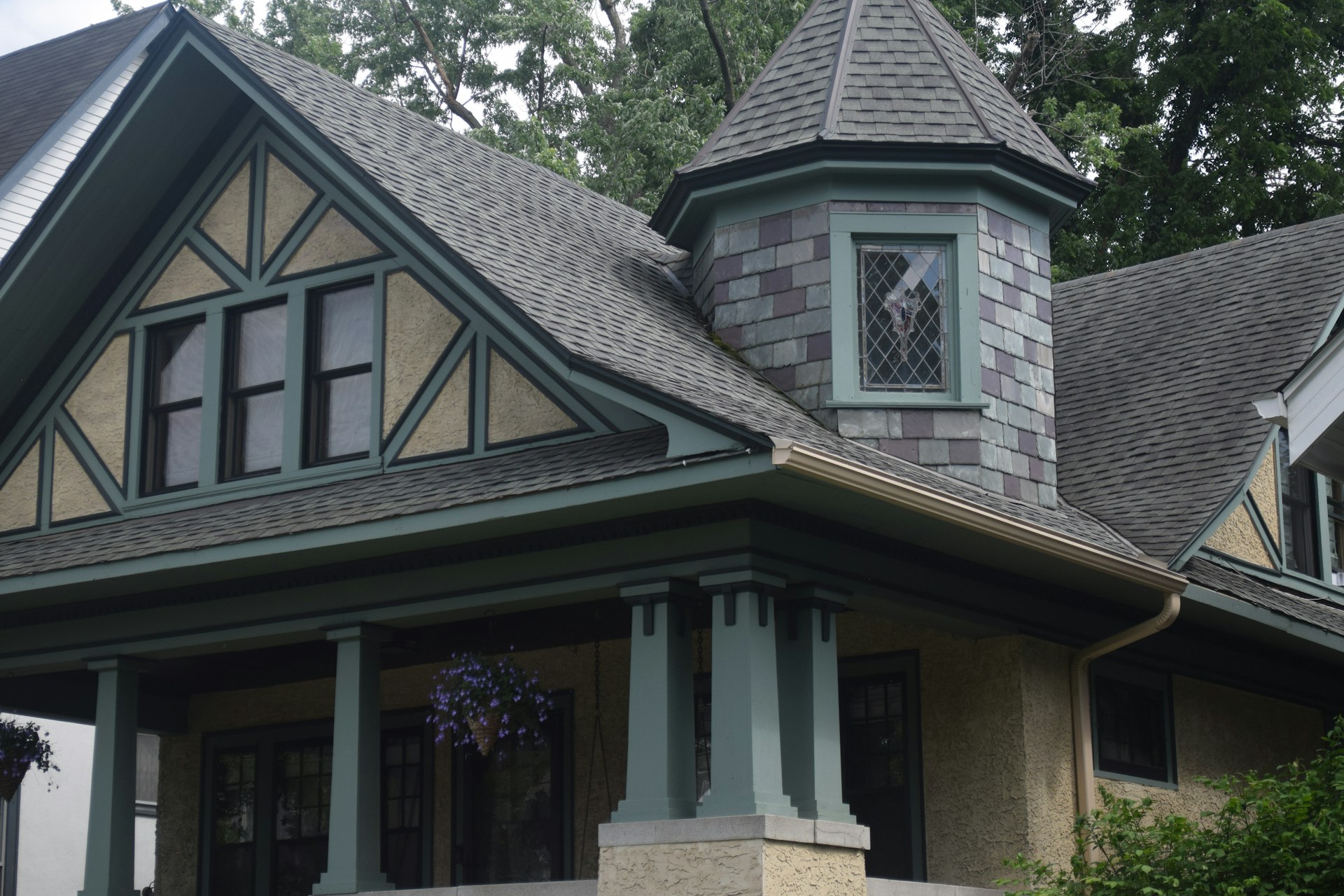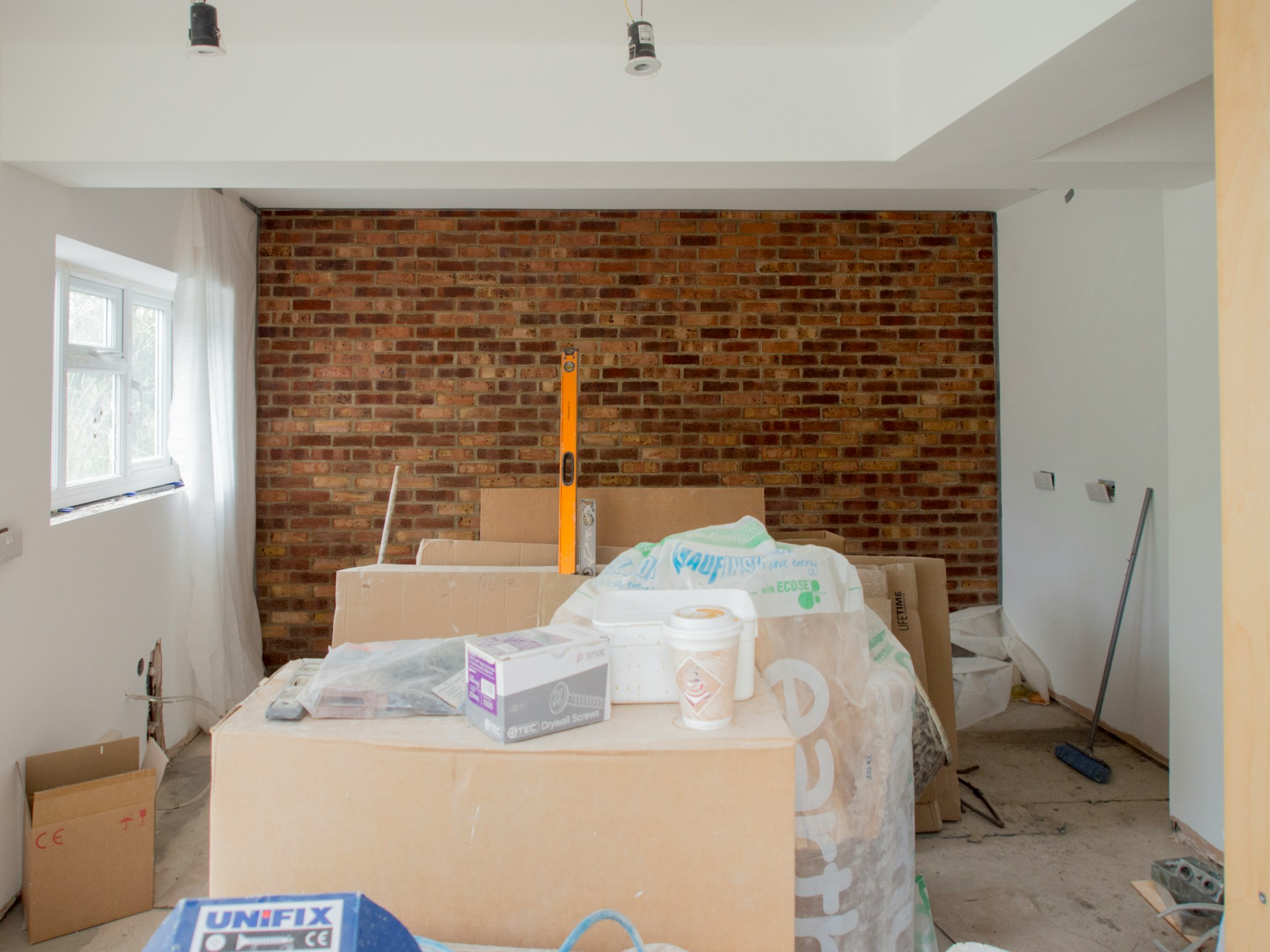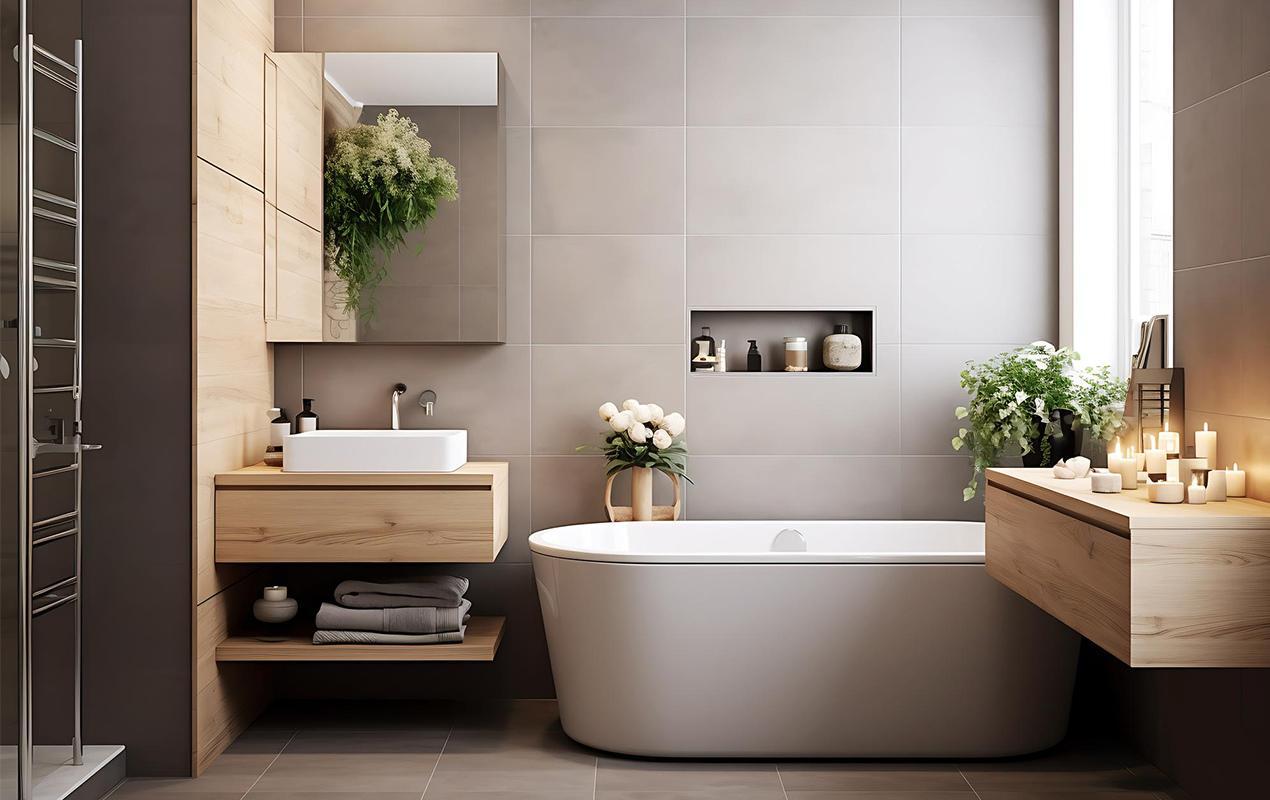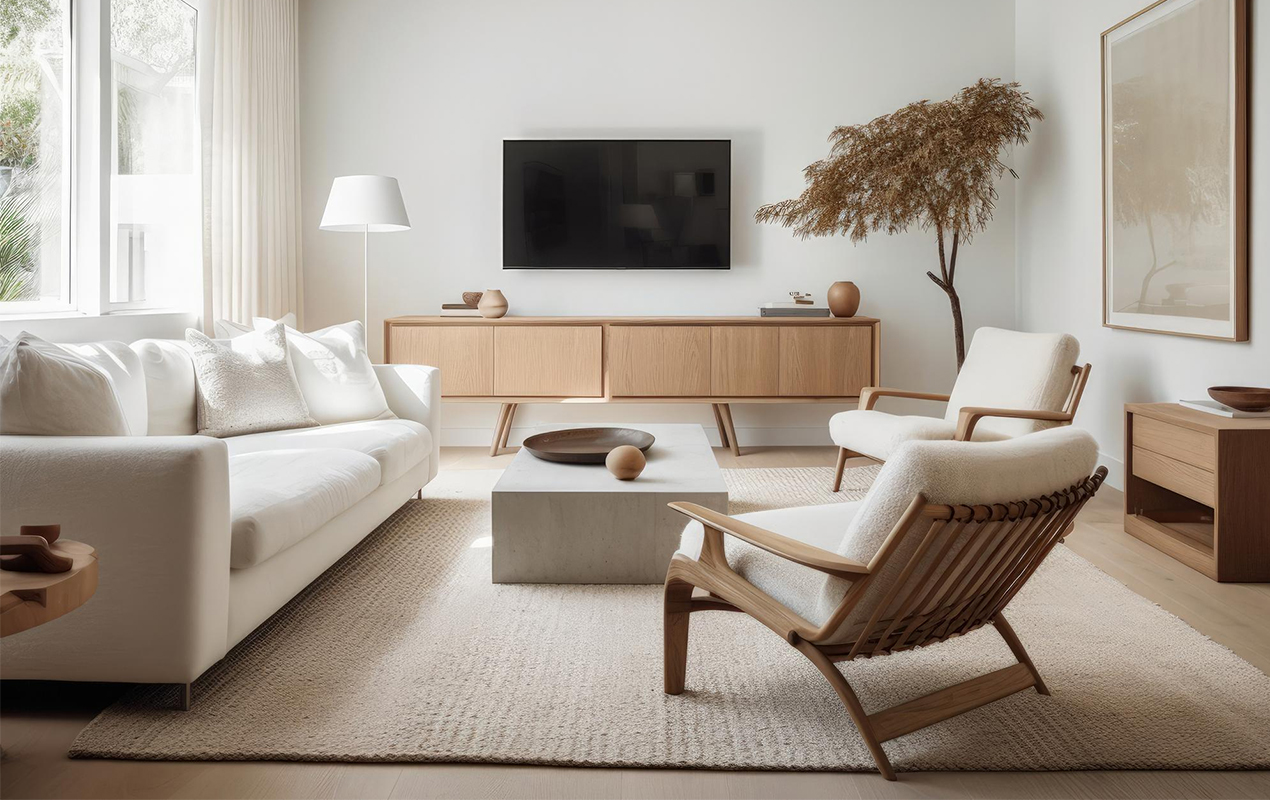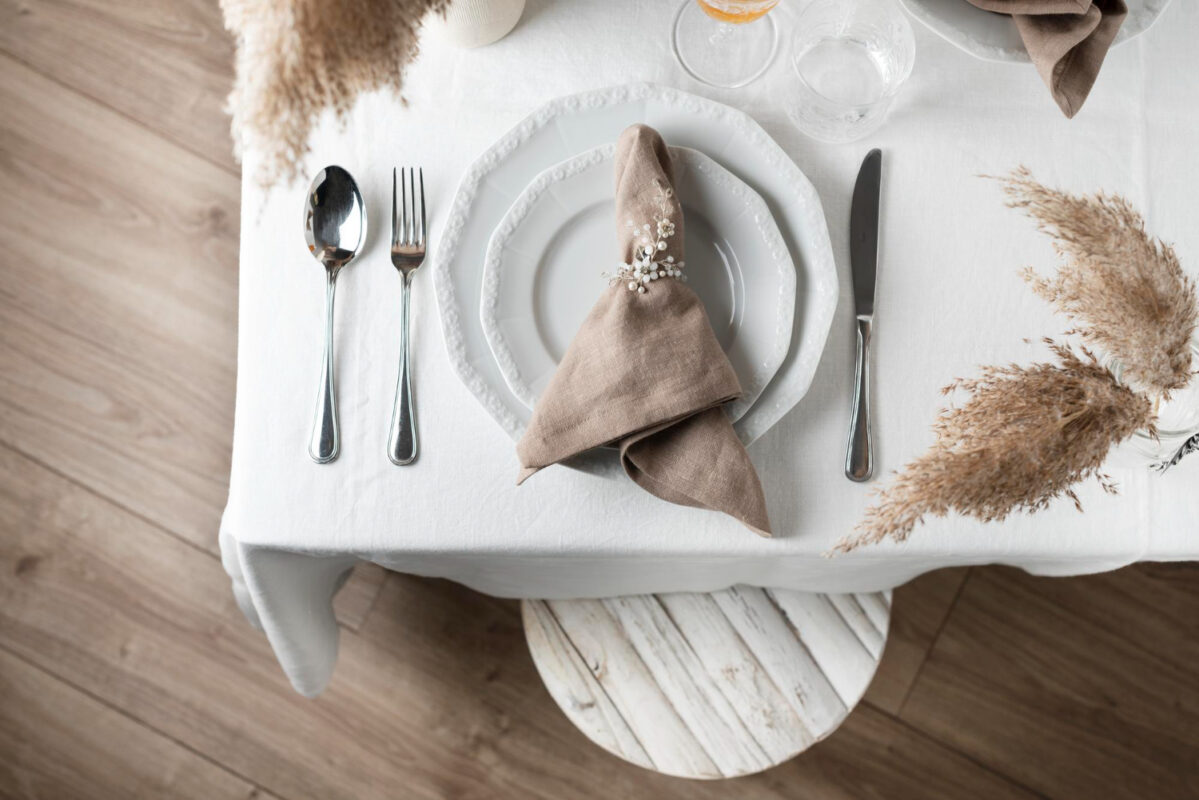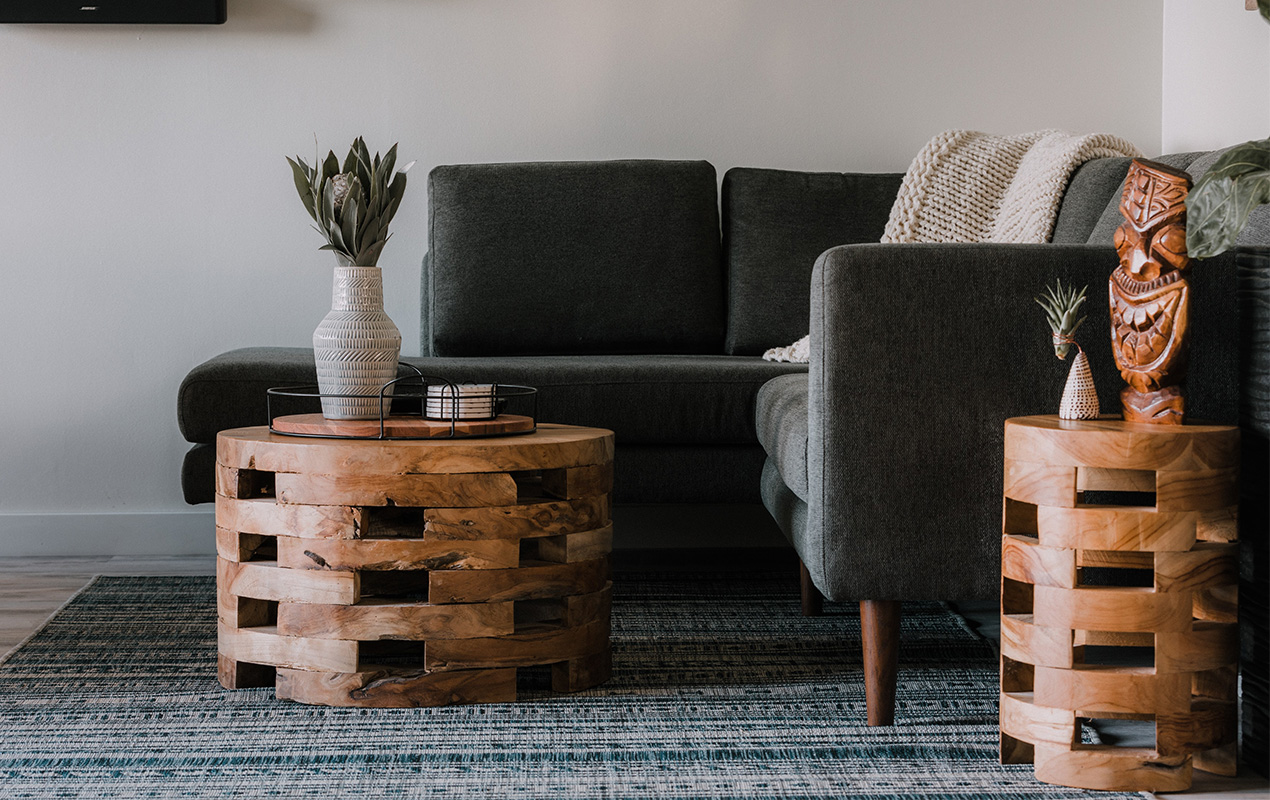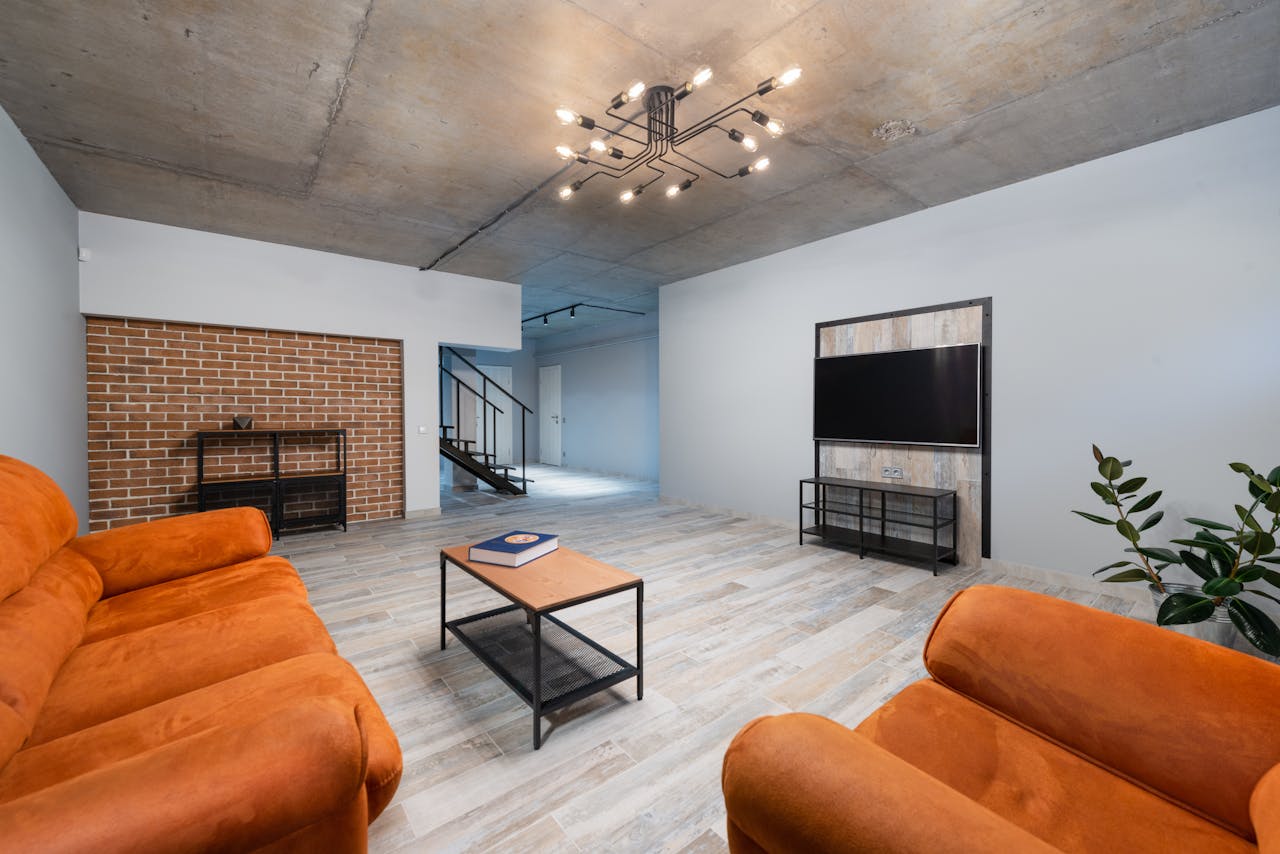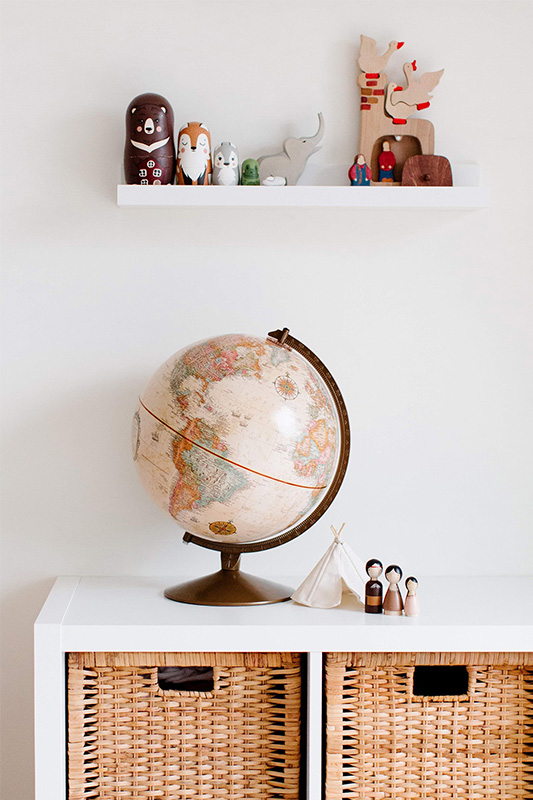Blog
The Secrets To Crafting A Home That Feels Both Chic And Cozy

A home that blends chic design with warm comfort creates an atmosphere that welcomes every moment. Many people seek a balance between stylish spaces and inviting details that soften the feel. This balance can appear subtle, yet it shapes the way each room is experienced.
The process involves thoughtful choices that fit personal taste without sacrificing livability. Trendy elements can coexist with comfort-driven textures, lighting, and layout selections. When these pieces come together, the result supports both visual appeal and emotional ease.
Layering Textures To Create Depth And Warmth
Texture often defines the mood of a room because it influences both visual interest and physical comfort. Soft fabrics, woven pieces, natural fibers, and gently worn materials introduce warmth without overwhelming the space. These variations create subtle depth that brings movement to the room.
Layering becomes a powerful tool when mixing smooth surfaces with cozy accents. A polished coffee table can sit comfortably beside a nubby throw or a plush rug. This blend creates contrast that highlights each element.
Consistency still matters, even within a layered approach. Choosing textures that share similar tones or complement one another keeps the space cohesive. Every added layer becomes an opportunity to reinforce the feeling of comfort without sacrificing style.
How A Balanced Structure Supports Mood And Style
The structural feel of a home plays a huge role in how chic or inviting a space becomes. Strong architectural elements such as clean lines, well-defined windows, and thoughtful proportions give the interior an elevated starting point. These features act as a backdrop for design choices that follow.
Balanced structure supports the flow of natural light, which shapes mood throughout the day. Soft sunlight brightens glass, metal, and matte finishes in a way that highlights the elegance of each surface. It softens the edges of bolder design decisions, making them feel more approachable.
Even exterior design decisions influence the interior atmosphere, since the outside creates the first impression of comfort and style. This is why some homeowners consider comparing roofing and exterior services with other choices like siding upgrades or window enhancements, making sure the home’s envelope supports both beauty and durability. Once this base feels stable and cohesive, interior decisions fall into place with greater ease.
How Exterior Harmony Shapes Interior Mood
A home’s exterior sets the tone long before a person walks through the door, and this first impression influences the way each interior space is perceived. When outdoor elements feel cohesive, the interior naturally benefits from an improved sense of flow. This connection encourages the feeling of warmth and elegance inside.
Many homeowners explore updates such as siding refinements, window enhancements, or comparing roofing and exterior services with other structural improvements. As explained by experts from SkyFall Roofing & Exteriors specialists, creating a consistent look that supports the home’s character. These choices help stabilize the aesthetic, easing the transition between outside and inside.
Once the exterior feels visually balanced, interior design decisions gain clarity and direction. Exterior cohesion affects natural light, temperature, and comfort within the home.
Quality materials and thoughtful placement contribute to a quieter, more nurturing atmosphere. The home begins to reflect a sense of calm from every angle.
Using Color To Shape A Chic Yet Calm Atmosphere
Color remains one of the most powerful tools for influencing a room’s energy. Soft neutrals create a gentle backdrop that instantly supports a cozy environment, while deeper tones add a sense of sophistication. The combination produces a chic palette that still feels restful.
Many people lean toward muted shades of taupe, olive, soft black, or warm gray because these colors maintain versatility. They can highlight architectural lines or allow artwork and furniture to take center stage. These hues pair easily with natural textures, enhancing warmth without feeling heavy.
Accent colors bring personality into the space without overwhelming the eye. A splash of muted terracotta or pale blue can add charm while preserving a calm foundation. When applied thoughtfully, color choices influence both style and emotional comfort.
Furniture Placement That Enhances Openness And Softness
Furniture arrangement shapes the energy of a room long before decorative items are added. Pieces positioned to encourage conversation or enhance movement help create an inviting environment. This openness makes the space feel approachable and lived-in while still maintaining a polished look.
Rounded edges or soft silhouettes on furniture add a subtle coziness that contrasts nicely with sharper architectural lines. This combination elevates the room while keeping it gentle and welcoming. With the right placement, even larger pieces feel harmonious rather than overwhelming.
Spacing matters. A room that feels too crowded loses its relaxing quality. A room that feels too empty can seem sterile. The goal is to allow each piece of furniture to breathe while still supporting daily comfort.
Creating Cozy Corners That Feel Intentional And Stylish
Small corners often become the heart of a home when intentionally styled. A simple chair, a floor lamp, and a soft blanket can transform an overlooked area into a favorite spot. These little zones help break up larger rooms, creating pockets of warmth.
The key is to treat each corner as part of the whole, rather than a separate vignette. Colors and textures should echo elements found elsewhere, keeping everything unified. Even a compact nook can hold a polished feel while maintaining comfort.
Lighting plays a major role in shaping these corners. Soft light creates a gentle glow that draws people into the space. A warm, directional lamp can turn a simple reading chair into an irresistible retreat.
How Lighting Sets The Tone Throughout The Home
Lighting influences both elegance and coziness because it affects how textures, colors, and shapes appear. Overhead lighting brightens a space. Too much of it can feel harsh. Softer layers from lamps, sconces, and accent lighting help create a more welcoming mood.
Warmer light tones add comfort without diminishing the chic feel of modern fixtures. Glass, brass, and matte black lighting pieces can look refined while delivering soft illumination. This blend enhances the atmosphere in subtle ways.
Strategic placement ensures that each room transitions smoothly from day to night. A balanced lighting plan keeps a home adaptable and visually appealing, no matter the time of day.
Natural Elements That Bring Calm And Beauty Into Each Room
Incorporating natural materials bridges the gap between stylish design and comfortable living. Wooden accents, stone pieces, and organic textiles introduce grounding energy into a space. These materials create familiarity that helps people feel at ease.
Plants play a key role in softening modern interiors. A simple leafy branch or a low-maintenance plant adds shape, movement, and life to a room. Even minimalist spaces benefit from this organic warmth.
Natural materials age gracefully, which strengthens the cozy appeal. Weathered wood or soft linen creates a lived-in atmosphere without compromising visual appeal. The home begins to feel collected rather than curated.
Curating Decor That Enhances Personality And Sophistication
Decor carries emotional weight because it reflects personal identity. When chosen thoughtfully, it adds refinement without cluttering the space. Items that feel meaningful often contribute more to coziness than trendy accessories.
Layered decor, such as stacked books or collected ceramics, creates a story within the home. Each piece introduces texture, height, or contrast that builds visual interest. Even small accents can shift the room’s tone toward warmth.
Intentional restraint helps maintain a chic foundation. Leaving open surfaces or choosing fewer items allows standout pieces to shine. The result feels curated, airy, and welcoming.
Balancing Modern Elegance With Comfort-Driven Details
Modern elements can feel sleek and elevated, yet they sometimes lack the softness needed for a cozy atmosphere. Blending modern design with plush textures solves this tension. The combination gives the home a contemporary feel that still supports relaxation.
A structured sofa paired with oversized cushions creates a harmonious contrast. Clean lines on shelves or tables can sit comfortably beside soft fabrics or rounded shapes. These pairings balance beauty with comfort.
Thoughtful detailing completes the effect. Subtle touches like ribbed glass, warm metals, or tactile fabrics elevate the space while keeping it grounded. Each layer works together to craft a refined yet inviting home.
How Scent Shapes A Subtle Layer Of Comfort
Scent often becomes the finishing touch in a home that feels both stylish and warm. Candles, diffusers, and fresh herbs provide gentle aromas that influence mood without drawing attention. These elements help turn an attractive room into a comforting sanctuary.
Soft scents such as cedar, amber, or linen add depth that complements both clean aesthetics and cozy textures. Seasonal notes can shift the atmosphere while maintaining consistency in tone. Scent creates an invisible layer that shapes the emotional environment.
Pairing scent with lighting or soft music enhances the sensory experience. The home becomes a place where style and serenity meet in subtle harmony.
Blending Timeless Materials With Contemporary Comfort
Timeless materials carry a familiar charm that instantly softens modern interiors. Stone, wood, linen, and clay offer a grounded feeling that works beautifully with polished finishes or streamlined silhouettes. These elements prevent a space from feeling cold or overly curated.
Contemporary comfort enters the picture through subtle adjustments in form and texture. Smooth cabinetry, sleek hardware, and structured seating gain warmth when contrasted with organic surfaces. This balance brings an elevated look without losing touch with the emotional comfort people seek in a home.
The contrast adds a natural rhythm to each room. Variation in material creates a dimension that supports both sophistication and ease. This layered approach keeps the home visually compelling while maintaining a gentle atmosphere.
Crafting Transitional Spaces That Guide The Home’s Flow
Transitional areas such as hallways, entry zones, and landings often influence how connected a home feels. These spaces guide movement while shaping the emotional rhythm between rooms. When designed thoughtfully, they bridge contrasting styles with subtle grace.
Soft runners, understated lighting, and a few carefully placed accents help these areas maintain interest without becoming cluttered. They serve as gentle pauses between design moments, supporting both visual cohesion and comfort. Each detail helps anchor the atmosphere.
Color continuity strengthens the flow of transitional spaces. Shades drawn from neighboring rooms create harmony that soothes the eye as it moves through the home. This approach ensures the entire environment feels intentional and inviting.
Building Comfort Through Thoughtful Accessories
Accessories influence the character of a home by adding layers of charm and familiarity. Soft throws, sculptural vases, and woven baskets can shift the atmosphere toward warmth without overwhelming the room. These pieces work quietly while enhancing daily comfort.
The key lies in choosing items that support the room’s visual rhythm. When accessories echo the surrounding colors or textures, they strengthen the sense of unity. Each addition becomes purposeful rather than accidental.
Rotating accessories throughout the year can keep a space feeling fresh. Small changes in materials or shapes breathe new life into a familiar setting. This approach allows the home to grow while retaining its cozy appeal.
Shaping Social Spaces To Encourage Connection
Areas meant for gathering benefit from a layout that invites easy interaction. Sofas placed facing each other or in angled seating arrangements naturally draw people in. This orientation encourages conversation and creates a sense of belonging.
Soft fabrics, rounded edges, and layered textiles add comfort to these shared zones. These features support long conversations, relaxed evenings, and moments of connection. Style remains intact while comfort takes the lead.
Lighting plays a major role in shaping social spaces. Warm lamps or indirect fixtures help people settle into the environment. The room takes on a gentle glow that feels welcoming to everyone who enters.
Infusing Character Through Artistic Details
Art brings personality into a home in a way few other elements can. Paintings, prints, sculptures, and handmade objects add storytelling and emotion to the walls and surfaces. These pieces provide focal points that elevate both style and atmosphere.
Choosing artwork based on mood rather than trend helps maintain longevity. Soft tones, textured finishes, or expressive shapes can enhance a room’s warmth. The right piece adds depth without overshadowing surrounding elements.
Art supports the visual connection between rooms. When repeating colors or materials appear throughout the home, the space feels unified. This thoughtful repetition blends chic aesthetics with an inviting sense of calm.
Final Thoughts
The goal is to create an environment where style enhances comfort rather than competing with it. When each room tells a quiet story through thoughtful layers, the entire home becomes a place people love returning to.

